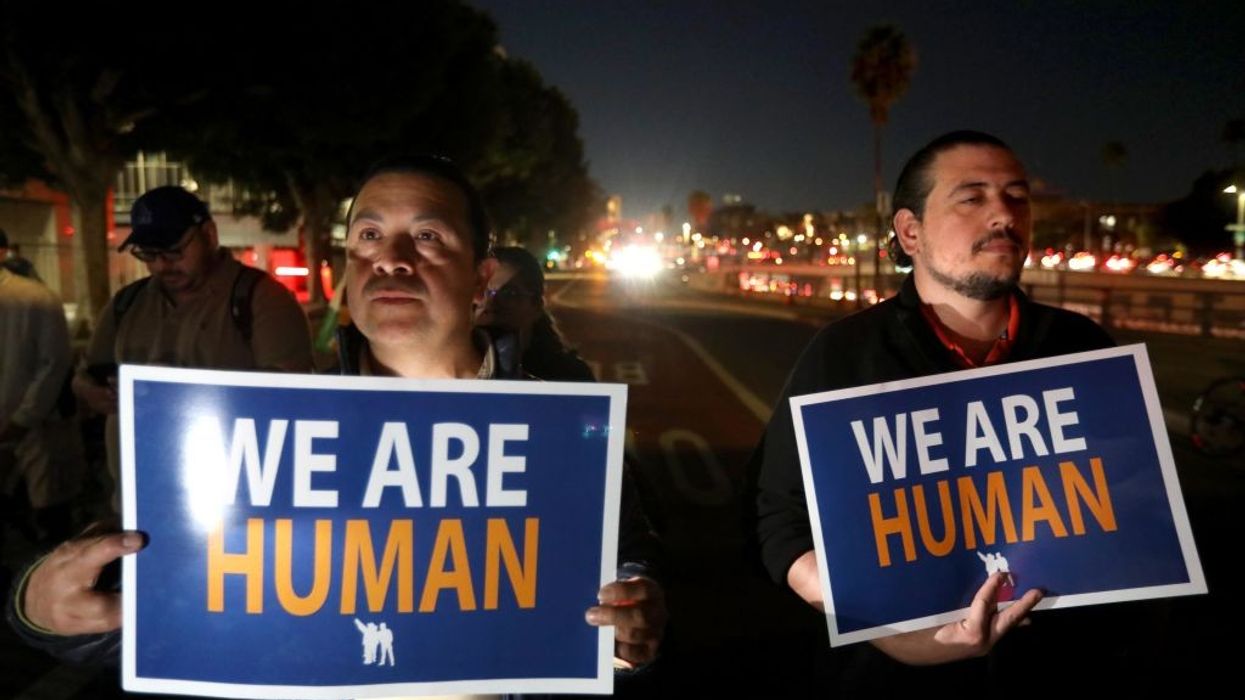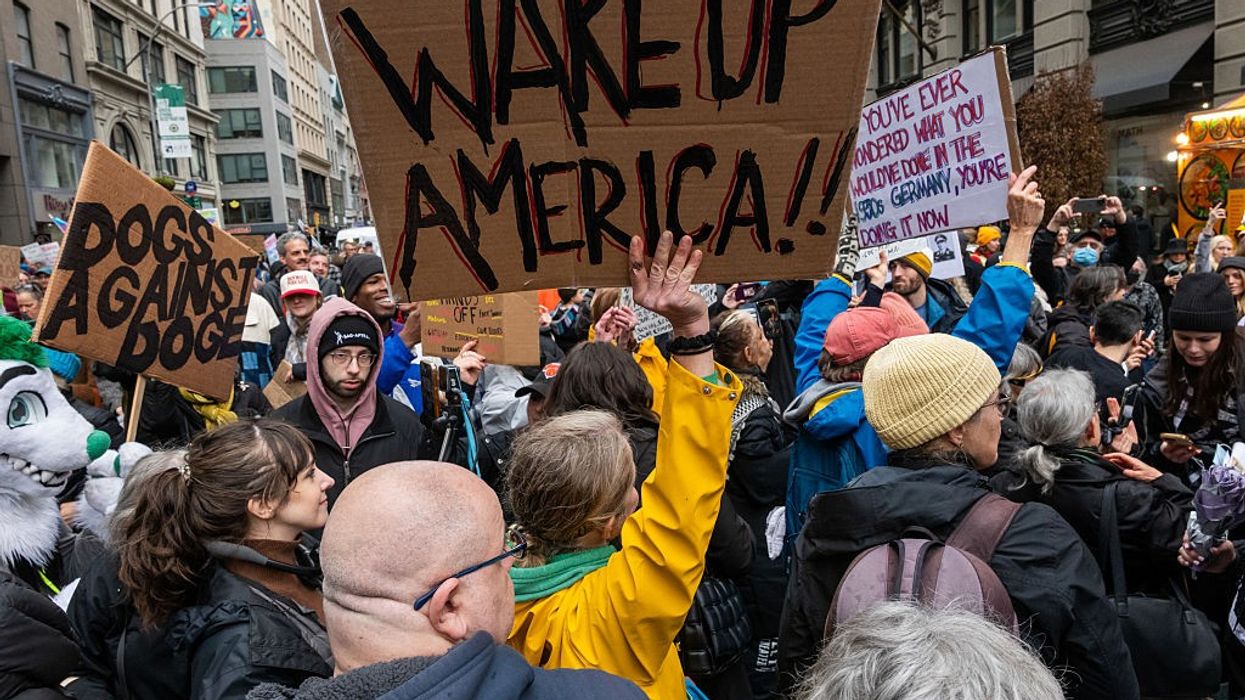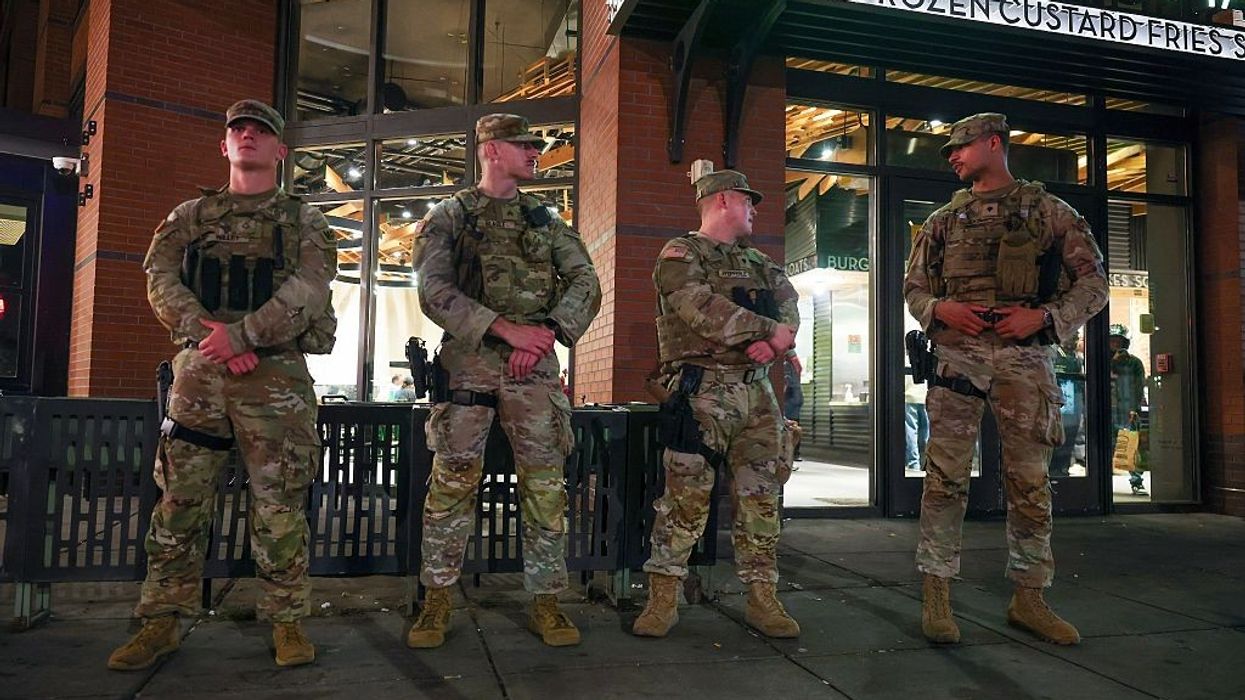Corporations, Not Immigrants, Are Driving a US Crime Wave
Even the Cato Institute found that incarceration rates for immigrants are far lower than those for the native-born.
Fear of street crime and criminals is a politically charged issue. Politicians stoke that fear to gain the consent of voters, from the anti-Black Willie Horton commercial ads of US GOP President George H. W. Bush against Democrat Michael Dukakis in the presidential campaign of 1988 to President Donald Trump’s 2016 and 2024 successful runs for the White House. After decades of economic globalization and climate disruptions, the tough-on-crime platform has evolved from anti-Blackness to migrant demonization. While the former remains central to US politics, the latter demonizes the national origin of criminals, actual and fictional, right up to the president castigating immigration as an invasion creating social ruination at the United Nations recently.
How does such rhetoric match up with data on incarceration for immigrants and the native-born in the US.? We turn to a new study from the Cato Institute, a contributor to the Department of Government Efficiency, a wrecking ball on federal programs and workforce, and Project 2025, the Trump White House’s playbook for restructuring US democracy.
Cato scholars Alex Nowrasteh and Krit Chanwong analyzed annual data from the American Community Survey and found that incarceration rates for immigrants are far lower than those for the native-born.
To this end the duo plotted “the incarceration risk for individuals born in 1990 by immigration status. For the 1990 cohort, native-born Americans were 267% more likely to be incarcerated than immigrants by age 33. Eleven percent of native-born Americans in that year-born cohort have been incarcerated compared to just 3% of immigrants. Other countries really are sending their best.”
In contrast, White House border czar Tom Homan is involved with federal immigration raids that, according to him, are “targeting the worst of the worst.” Homan allegedly took $50,000 in a Federal Bureau of Investigation sting recently.
What about the incarceration risks for immigrants and native-born Americans who are Asian, Hispanic, Black, and white?
Immigrants born in 1990 had a significantly lower incarceration risk than native-born Americans for all races and ethnicities born in the same year. All (legal plus illegal) Hispanic, Asian, Black, and white immigrants as groups each have a lower incarceration rate than white native-born Americans. Asian illegal immigrants have the lowest incarceration risks at around 0.08%.
Here’s a reason why immigrants may have lower incarceration rates. “Noncitizen criminals who are incarcerated are deported after serving their sentences,” according to Alex Nowrasteh and Krit Chanwong, “which means they don’t respond to future American surveys because they are no longer on American soil. Put another way, our study measures whether the respondents have ever been incarcerated.”
All things equal, one thing is clear. Immigrants are not driving a crime wave in the US. There is a wave of corporate crime stateside, however, with companies such as Boeing and its 737 MAX aircraft crashes a case in point.


